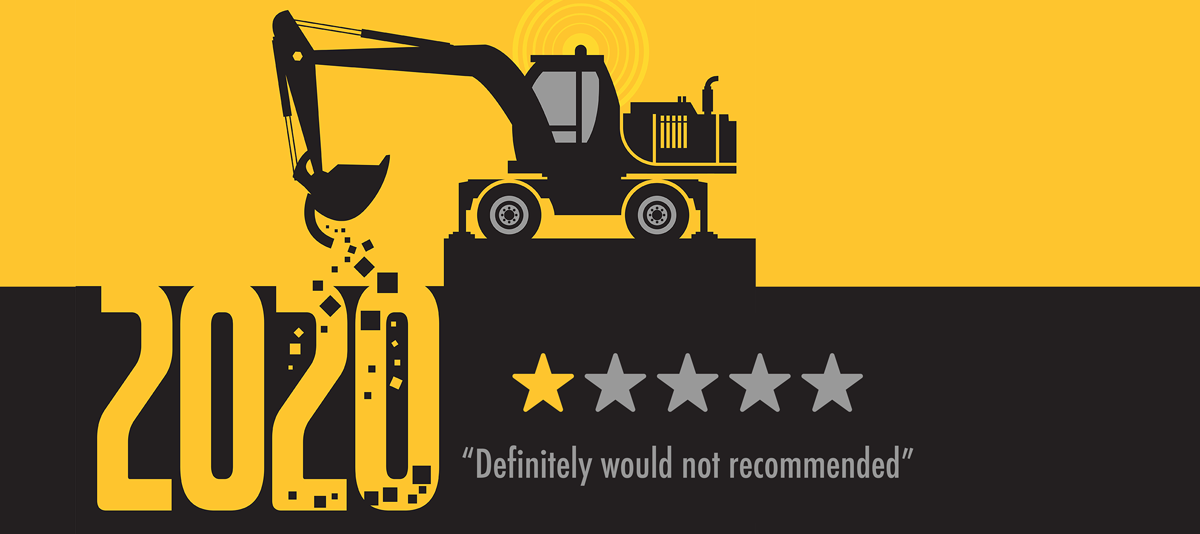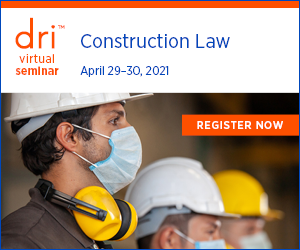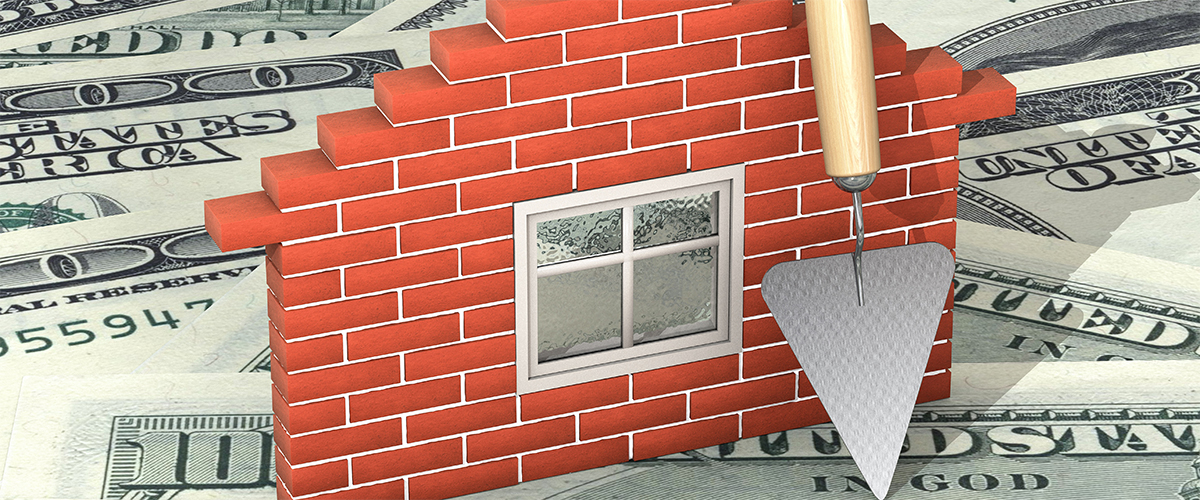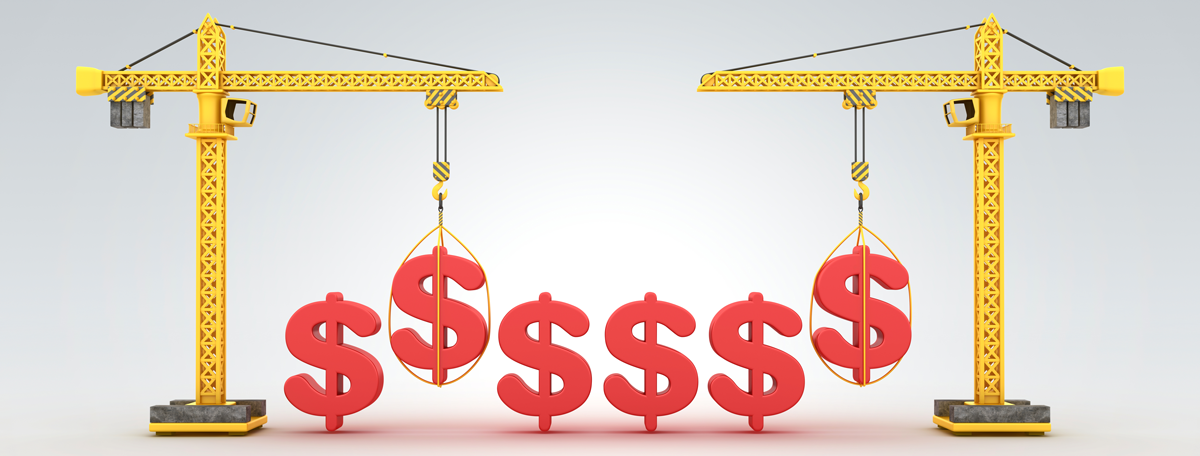Several years ago, I represented a masonry subcontractor in a very large and complicated construction defect action that went on for years (as these cases often do). A Condominium Association that owned a large and relatively luxurious (by my standards) residential complex alleged several deficiencies in the design and construction of the building. Some of these claims had merit, some did not. During the original construction, my client had installed nearly all the building envelope, except for the roof. To be sure, it was a high-exposure case that kept me quite busy.
The case started with about fifty or sixty defendants, and after twelve days of mediation spread out over a two-year period, discovery proceeded in earnest. Around 150 witnesses were deposed over the years, and every now and then an attorney would go missing, leading the rest of us to speculate as to whether they were on the verge of settling out. During the time, this case was being litigated, two separate attorneys went out on maternity leave, came back, and went on maternity leave again. There were several changes of jobs, one retirement, and one post-mediation session Christmas party where the mediator himself brought the rum with which to spike the eggnog.
Eventually, after who knows how much was collectively spent on defense costs (and the Association’s Board had gone through another change in power and brought on new counsel), fact discovery ended and expert discovery began. By this time, there were only a handful of parties left in the case. The Condominium Association’s claims against my client were by far the largest remaining claims. Settlement seemed impossible, as the Association’s counsel refused to back down from his $11,000,000 demand, insisting that his client needed to completely reconstruct the entire façade (as well as the associated flashing and waterproofing within the cavity wall). As it appeared certain that the case was headed for trial, all parties lined up their experts.
The Condominium Association served the expert report of a construction cost estimator. The report was beautiful—thousands of glossy photos backed up the Association’s counsel’s claim that the reconstruction of the façade would cost just north of $11 million. The witness had an impressive curriculum vitae: he had a Masters’ degree from an Ivy League school, owned a mid-sized construction consulting firm, and had been involved in some of the area’s most well-known projects over the years. This was not an expert the Association’s counsel picked out of some Plaintiff’s database – this was a bona fide expert.
At his deposition, the expert made an impressive appearance; immaculately dressed, and with a powerful, authoritative (yet calming) voice. My fellow defense counsel and I looked at each other, mentally rehearsing what we would have to say to our clients after the deposition as we requested our settlement authority be tripled. Then, the expert began to discuss the methodology underlying his opinions, with testimony that went much like this (this is, of course, being slightly paraphrased, for entertainment value):
Q: Now in your report you offer the opinion that it will cost over $11,000,000 to reconstruct the entire façade, correct?
A: Yes, that’s correct.
Q: And you are of the opinion that the entire façade needs to be reconstructed?
A: Yes, I am.
Q: When did you form the opinion that the entire façade needed to be reconstructed?
A: About ten minutes after first going to the building, after the Building Superintendent told me that’s what they were planning on doing…
All of us defense counsel looked around the table at each other. We knew this testimony was great, but the fact remained that this witness was not being offered for his opinions on liability, just on damages. The fact also remained that the Association had other experts, all of whom testified (in sum and substance) that to a reasonable degree of engineering certainty, the repairs the Association intended to perform did, in fact, need to be performed. This testimony, however, would prove to be a preview of what was to come. We began to drill down into the details of the expert’s report and started to go line-by-line through his estimate. The expert’s report did not make clear where he obtained the data he was relying upon, but he had to have obtained it somewhere, right?
Q: Now, line eighteen of your estimate on page nine is your estimate of the cost to recaulk around every window?
A: That’s correct.
Q: Where did you get that figure?
A: I pulled up the project specifications, determined the total measurement of caulk that would be needed, and multiplied that number by $3.19.
Q: What does that figure of $3.19 represent?
A: That’s the price of caulk per foot, including labor.
Q: Where did you get that number?
A: Well, that’s around what it costs.
Q: Where?
A: Here.
Now we were on to something. It was clear the witness had performed only a cursory analysis of the work the Association intended to do, and likely hadn’t put much work into confirming the unit prices of each line item on his estimate.
Q: How much of that $3.19 figure represents materials and how much represents labor?
A: I don’t know, but they add up to $3.19.
Q: How do you know this costs $3.19?
A: I’ve been doing this a long time.
Q: Are there different types of caulk available on the market?
A: Of course.
Q: Do they all cost the same per foot?
A: …. They’re around the same.
Q: What specific kind of caulk does this calculation include?
A: The kind the Association intends to use.
Q: But you don’t know specifically how much that kind of caulk costs?
A: No.
Q: But you do know that when you add labor costs, it comes to $3.19 per foot?
A: Right.
Q: And how do you know this?
A: I know this because I’ve been doing this a long time. Over time I’ve been able to develop a “feel” for cost estimating, such as the labor and materials costs.
Q: So, in this case you have a “feel” for what it would cost someone to purchase and install this many feet of exactly this type of caulk, purchased from a specific distributor, and installed by a waterproofing contractor located in the Northeastern United States?
A: …Yes.
Now we were rolling, and it was time for the fun to begin. We took the witness through several additional line items on his report in the same fashion—asking him how he knew the specific costs of such everyday items like peel-and-stick flashing, mortar netting, and UV-resistant elastomeric coating. The witness started getting visibly frustrated. In all probability, he had a fairly good idea what these items cost (at least much better than anyone else in the room), but it was clear that no one had ever told him he would need to be prepared to explain his reasoning and methodology to a roomful of skeptics, and to walk them through his analysis.
Sensing an opportunity for a case-killing sound bite, I leapt into action like a dingo deftly snatching a baby from its bassinet on a breezy Australian evening. After several years, this was sure to be my most significant contribution to the case, by far:
Me: Let me just back up here for a minute. Just for the record, and to make sure I understand you correctly, is it fair to say that “construction cost estimating is not an exact science, and sometimes—like in this case—you just gotta go with your gut?”
The witness paused, and his pupils narrowed. “I blew it,” I thought to myself—I had violated the cardinal rule against asking one too many questions. And now, this witness was going to make me pay for my sins. He looked around the room, as if to make sure everyone was paying attention, as a slow grin began to develop.
“This guy…” he said in hyper-articulated fashion, as he raised his hand and pointed directly at me, “this guy, right here, gets it. Somebody FINALLY understands what I’ve been trying to tell you all!”
Motions to preclude the witness’s opinion were filed in due fashion and were sure winners. I wish I could tell you that our motions were granted, and that the Association was left without an expert on damages, but I cannot—the case settled before it got that far.
 Mark D. Shifton is a partner with the Princeton, New Jersey, and New York City offices of Gfeller Laurie LLP. Mark focuses his practice in the areas of complex civil and commercial litigation in the state and federal courts in New Jersey and New York. He routinely represents owners, design professional, and contractors in cases involving construction disputes and catastrophic property losses.
Mark D. Shifton is a partner with the Princeton, New Jersey, and New York City offices of Gfeller Laurie LLP. Mark focuses his practice in the areas of complex civil and commercial litigation in the state and federal courts in New Jersey and New York. He routinely represents owners, design professional, and contractors in cases involving construction disputes and catastrophic property losses.
Editor’s Note: Mark’s story is the first in our new series of personal tales of construction practice triumph and tragedy in which we revel in your glory and commiserate when you find you’ve snatched defeat from the jaws of victory in the hopes of distributing valuable knowledge and/or amusing anecdotes among our members.
Please send your stories directly to pmulry@griffithdavison.com; rest assured that we will gladly anonymize the author’s name and/or to protect the guilty, whether that be counsel or parties. |

 David L. Jones is a partner in Wright, Lindsey & Jennings LLP, and practices from the firm’s Little Arkansas office. David represents clients in diverse industries, including transportation, construction, manufacturing and distribution, municipal, insurance, banking, education, healthcare, and real estate on issues related in actions involving personal injury, products and premises liability, property damage, and contract disputes. As part of his practice, David advises clients on risk management, pre-litigation and alternative dispute resolution, and all aspects of civil litigation.
David L. Jones is a partner in Wright, Lindsey & Jennings LLP, and practices from the firm’s Little Arkansas office. David represents clients in diverse industries, including transportation, construction, manufacturing and distribution, municipal, insurance, banking, education, healthcare, and real estate on issues related in actions involving personal injury, products and premises liability, property damage, and contract disputes. As part of his practice, David advises clients on risk management, pre-litigation and alternative dispute resolution, and all aspects of civil litigation.

















